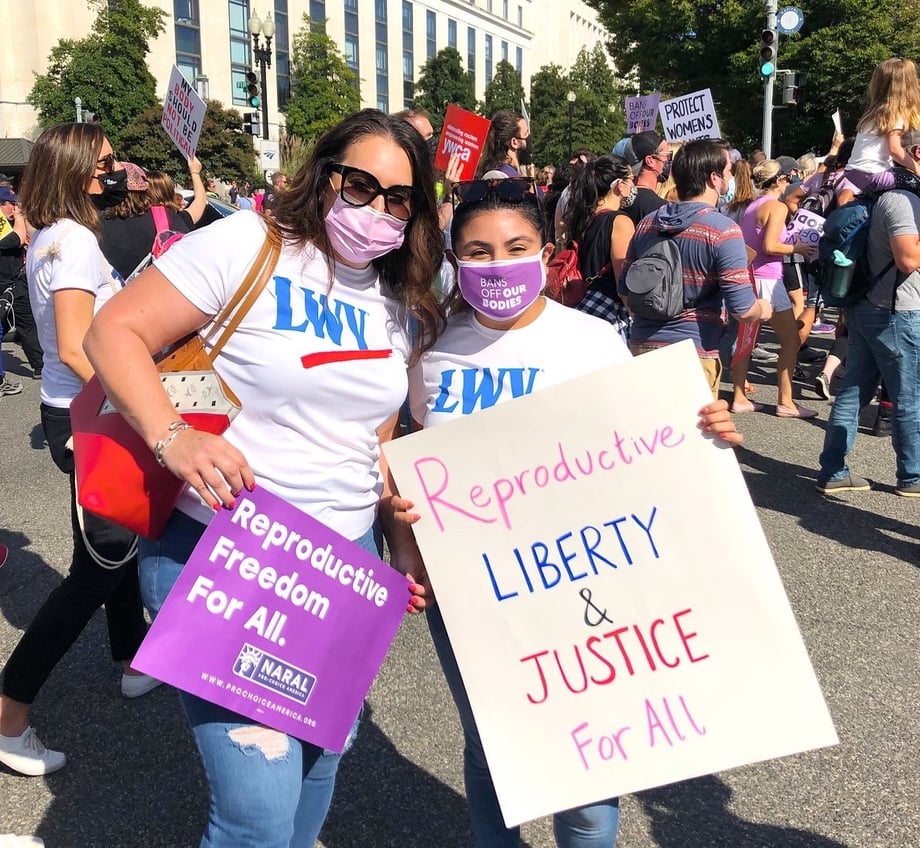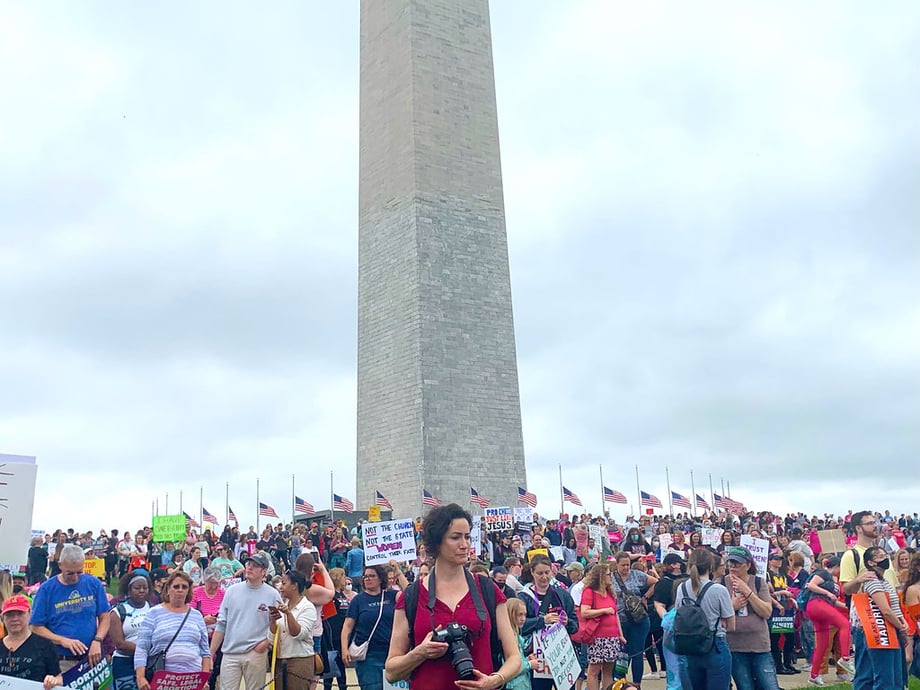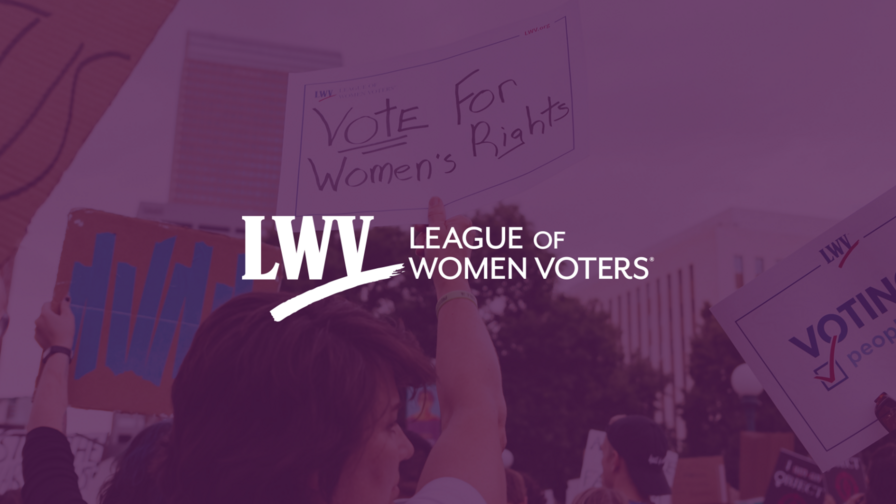The Hyde Amendment: An Abortion Barrier Hiding in Plain Sight
Content warning: This blog contains brief mentions of medical treatment in cases of rape and incest
The Hyde Amendment prohibits the use of federal funding for most abortions. As a result, most people enrolled in public health programs cannot use their healthcare coverage to pay for abortion services. This poses a particularly devastating barrier to people living with low incomes, including the more than 16 million women of reproductive age enrolled in Medicaid.
What is the Hyde Amendment?
The Hyde Amendment, first introduced in 1980, is an amendment to annual budget bills for the Departments of Health and Human Services (HHS), Labor (DOL), and Education (DOE), which prohibits the use of federal funding for abortion except in select cases. This prevents people from using their health insurance to cover abortion services if they are enrolled in Medicaid, Medicare, the Indian Health Service, or the Children’s Health Insurance Program (CHIP).

Medicaid is a joint federal-state program that provides medical benefits to people living with low incomes, including more than 16 million women of reproductive age. Under the Hyde Amendment, states must use Medicaid funds for abortions in cases of rape, incest, or life endangerment to the pregnant person; they may also use state Medicaid funds to cover abortion services in additional circumstances.
The History of the Hyde Amendment
In 1973, the US Supreme Court determined in Roe v. Wade that an individual has the constitutional right to have an abortion without state interference before fetal viability, making abortion services safer and more accessible across the country for women and people who can become pregnant. Just three years later, US Representative Henry J. Hyde introduced the Hyde Amendment to prohibit the use of federal Medicaid funding for abortion services, with an exception in cases of life endangerment to the pregnant person. In 1978, Congress added exceptions if the pregnancy resulted from rape or incest and applied the amendment to other federal programs. Both new conditions are still in place.
Upon the Hyde Amendment’s passage in 1980, the number of abortions funded by federal Medicaid dollars dropped from roughly 300,000 per year to a few thousand. Litigation was filed in the same year, challenging the amendment on the grounds that it violated the Medicaid Act and the First and Fifth Amendments of the US Constitution. Still, the US Supreme Court upheld the Hyde Amendment, and Congress has re-enacted the amendment every year.
Medicaid Abortion Funding by State
While states can use state funds to provide more expansive abortion coverage, this has led to a patchwork of abortion coverage across the country, making access to vital health care dependent on the state where someone lives.
As of August 31, 2023, 32 states and the District of Columbia fund abortions for Medicaid recipients according to the federal standard in cases of rape, incest, or life endangerment. Some states also provide state funding for abortions in cases of fetal impairment or when necessary to prevent long-lasting damage to the pregnant person’s physical health.

South Dakota is the one state in violation of the federal standard and only funds abortions in cases of life endangerment. Seventeen states use state funds to pay for all or mostly all medically necessary abortions.
The Impact of the Hyde Amendment
One year after the Supreme Court’s decision in Dobbs v. Jackson Women’s Health Organization (2022), which overrode Roe v. Wade and overturned the constitutional right to abortion, there has been a notable increase in abortion restrictions and bans throughout the country. An individual’s access to abortion services largely depends on their state of residence.
Abortion bans and restrictions disproportionately affect underserved and historically marginalized communities, compounding existing racial and economic inequities, including disproportionate barriers to quality and accessible health care. This includes Black, Indigenous, and other people of color, individuals with low incomes, members of the LGBTQIA+ community, people with disabilities, people living in rural areas, and immigrants.
For individuals on federal medical programs who live in the 32 states and DC where state funds are not used for abortion services beyond federal requirements, abortion coverage is less financially accessible. This disproportionately impacts women of color, who are more likely than white women to be insured by Medicaid and have unintended pregnancies. A medication abortion, which accounts for more than half of all US abortions, may cost up to $800. Not only is this a significant financial barrier, but studies show that not having abortion access is associated with worse financial outcomes.
Should We Repeal the Hyde Amendment?
The scale of the impact of repealing the Hyde Amendment would vary from state to state. However, for the tens of thousands of people relying on federal programs for health coverage, getting rid of the Hyde Amendment would undoubtedly remove a significant barrier to reproductive autonomy, which is crucial to ensuring everyone can participate equitably in our democracy.
How You Can Take Action
The League of Women Voters believes that public policy must affirm the right of privacy of the individual to make reproductive choices and that every individual should have access to quality health care at an affordable cost. The League worked to expand exceptions under the Hyde Amendment to cases of rape and incest and has worked to oppose the Hyde Amendment altogether.
To Take Action at Home:
-
Follow the League of Women Voters’ resources and advocacy work on reproductive rights;
-
Support reproductive rights organizations;
-
Join your local League to learn more about state and local efforts to expand reproductive rights protections and support your community; and
-
Help destigmatize reproductive health care by sharing your story, or uplifting the stories of people who would like to share.
The Latest from the League
One year ago today, the Supreme Court of the US took away our right to bodily autonomy.
LWV President Dr. Deborah Turner launches her three-part blog series about the impact of Dobbs and other anti-abortion legislation with a look at the medical impact of anti-abortion laws.
The Supreme Court recently ruled on a case around mifepristone, a drug commonly used for medication abortion. Their decision preserves access to one of the most common, effective, and safest forms of abortion.
Without the ability to make reproductive decisions for one’s body, those who can become pregnant cannot participate equally in our democracy.
Further, since the Dobbs decision reversing the right to abortion, numerous state governments have introduced legislation directly or indirectly related to reproductive rights, challenging doctrines of US democracy.
Sign Up For Email
Keep up with the League. Receive emails to your inbox!
Donate to support our work
to empower voters and defend democracy.





